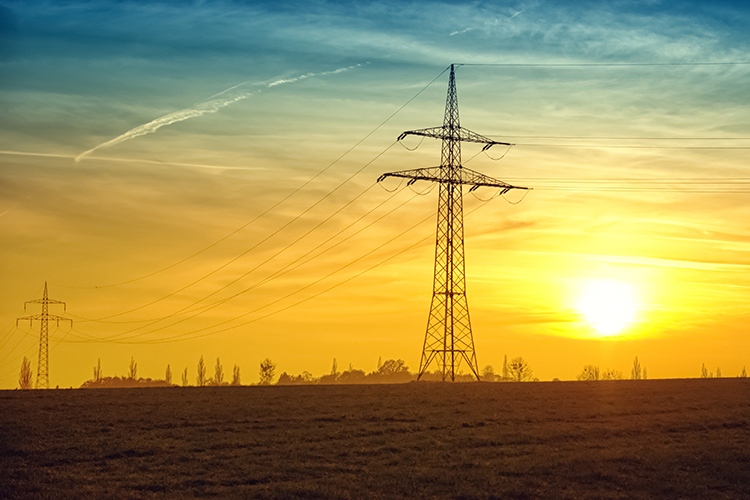Solar power could electrify sub-Saharan Africa

Solar energy could be the key to providing low-cost, highly reliable energy to the roughly 600 million people in sub-Saharan Africa who currently live without power, says new UC Berkeley research published today in Nature Energy.
Though electricity from “decentralized” systems — such as solar power with battery storage — is usually more expensive than electricity from state-run grids in all but the most remote locations, the rapidly declining costs of solar and battery technologies could soon make them the cheaper and more reliable choice, the researchers found.
“Looking forward, our results indicate that utilities and governments in the region need to take decentralized solar very seriously — not just in remote areas, but in places close to the grid as well,” said Jonathan Lee, a Ph.D. candidate in the Energy and Resources Group (ERG) at UC Berkeley. “If governments aren’t proactive, they will put a lot of pressure on existing grids to significantly improve reliability and keep costs low.”
The research team analyzed 10 years of solar data from NASA to calculate the cheapest ways to build stand-alone solar energy systems. At current costs, they found that most regions in Sub-Saharan Africa can get 95 percent reliable power — meaning customers can use electricity from some combination of solar panels and batteries 95 percent of the time — for roughly 40 cents per kilowatt-hour (kWh).
Though this price is still higher than the price of energy from a grid, their model indicates that with future declines in the costs of decentralized systems, these prices may become competitive with the grid in many parts of the continent in less than a decade.
They also found that the “reliability premium” of solar power — the cost of increasing the reliability by a certain percentage — will also decrease substantially.
“These low reliability premiums suggest that customers would have incredible autonomy to choose the quality of their electricity service, and this could be an important piece of the puzzle in expanding electricity access across populations with different reliability needs,” said Duncan Callaway, an associate professor of energy and resources at UC Berkeley.
Read the full story on the College of Natural Resources website
